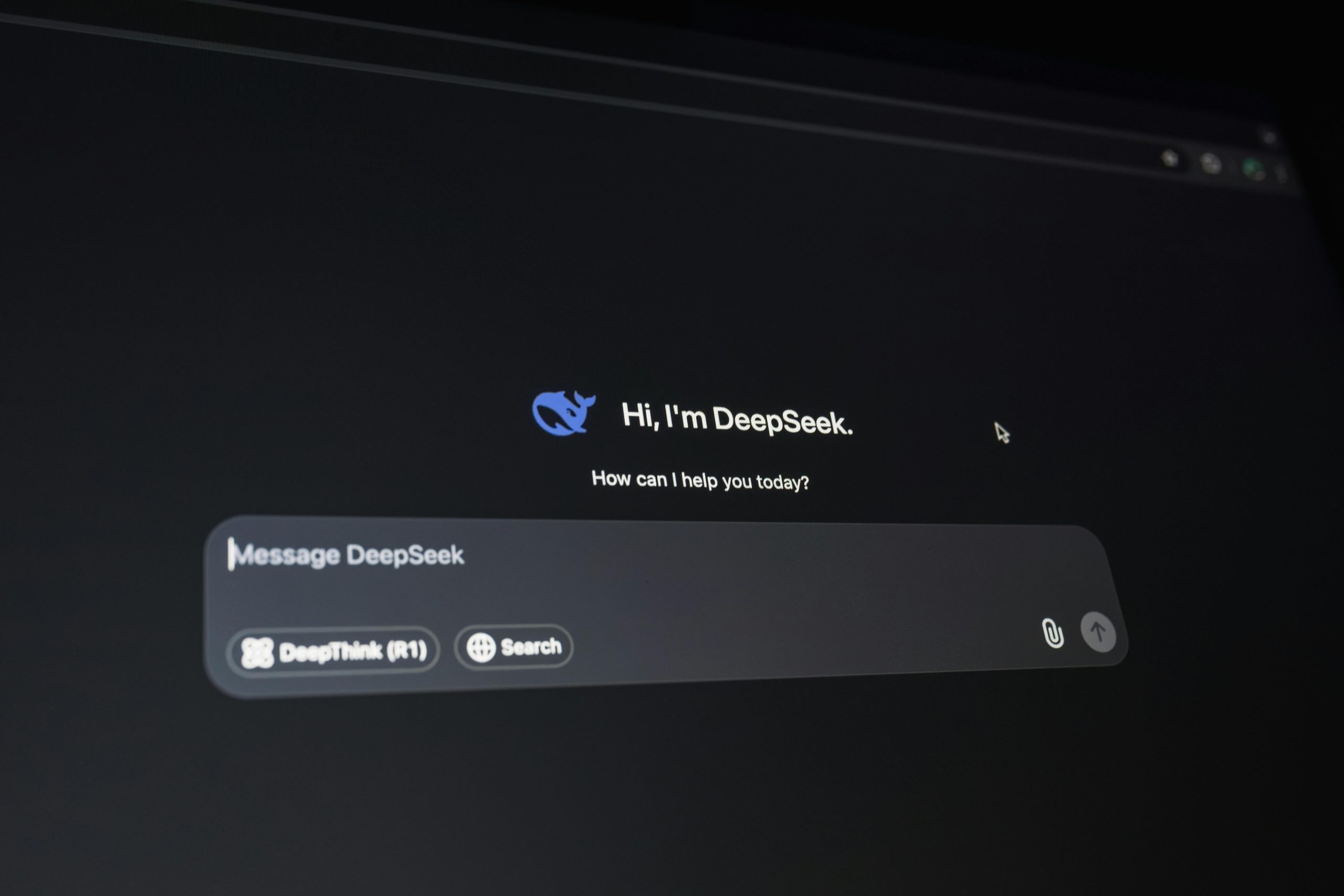AI is rapidly approaching Human parity in various real work economically viable task
Exploring AI’s Rapid Advancement Toward Human-Level Performance in Practical, Value-Creating Tasks
As artificial intelligence continues to evolve at an unprecedented pace, questions arise regarding its capability to perform real-world, economically significant tasks at a level comparable to seasoned human experts. Recent breakthroughs suggest that AI systems are not only improving but are nearing parity with human performance across various industries and roles. To understand these developments more comprehensively, we turn to a groundbreaking research paper released by OpenAI: GDPval — Evaluating AI Model Performance on Real-World Economically Valuable Tasks.
Understanding the Context: Beyond Benchmarks
Historically, AI models have been assessed using standardized benchmarks designed to measure performance on specific tasks, such as language understanding, image recognition, or game playing. While these benchmarks are valuable, they often fall short of capturing the complex, nuanced demands of practical employment tasks that produce tangible economic value. The question remains: can AI genuinely perform work that generates real-world economic benefits?
Key Insights from GDPval
OpenAI’s study offers compelling evidence that modern AI models are making significant strides toward roles that require expertise and judgment. The research highlights several key findings:
-
Progression Towards Expert-Level Performance:
Frontier AI models exhibit a linear improvement trend over time, steadily approaching the quality displayed by human professionals on a wide array of tasks. -
Collaborative Efficiency:
When AI models are combined with human oversight—such as collaborative workflows—the combined approach can outperform both automated systems and humans alone in terms of speed and cost-effectiveness. Notably, the savings depend on the effectiveness of review and resampling strategies. -
Model Strengths and Weaknesses:
Different models excel in distinct areas: - Claude Opus 4.1 demonstrates superior performance in aesthetic tasks like document formatting, presentation layout, and handling documents across PDFs, Excel sheets, and slide decks.
-
GPT-5 shines in accuracy-driven tasks, including following complex instructions and performing calculations.
-
Performance Across Industries and Roles:
Evaluations spanned nine sectors and forty-four occupations, collectively responsible for approximately $3 trillion in annual revenue. Tasks ranged from software engineering and operations management to customer service and financial advising. -
Human Comfort and Grading:
Researchers conducted experiments where both AI and human experts completed identical tasks. Secondary, blinded graders evaluated work quality—finding that leading models now perform at levels approaching industry experts














Post Comment